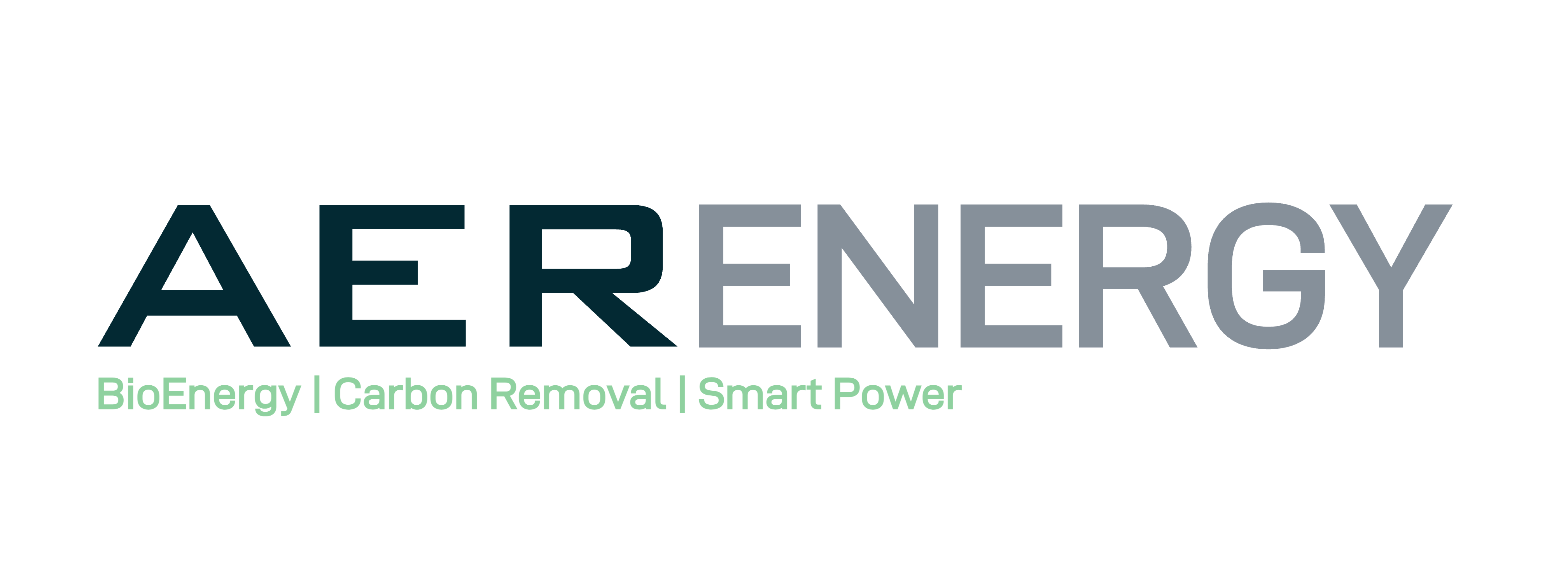Here's your AI- and SEO-optimized blog post titled:
What Is Green Methanol — and Why Is Shipping Betting Big on It?
Executive Summary:
Green methanol is rapidly emerging as the maritime sector’s top pick for decarbonization. Unlike ammonia or LNG, green methanol is energy-dense, compatible with existing engine technology, and already being deployed at scale by leaders like Maersk. AER Energy’s bio-methanol platform delivers port-ready, carbon-negative fuel from biomass — meeting IMO 2050 goals with real infrastructure.
What Is Green Methanol?
Green methanol is a clean-burning liquid fuel that can be produced through two primary pathways:
- 💨 E-methanol: Made from captured CO₂ and green hydrogen
- 🌿 Bio-methanol: Derived from biomass-based syngas (AER’s approach)
At AER Energy, we generate ultra-clean syngas from forestry residues, MSW, and agricultural waste, then synthesize bio-methanol with:
- ✅ Verified carbon removal
- ✅ Low lifecycle CO₂ emissions
- ✅ Fuel compatibility for maritime, SAF, and chemicals
Why Shipping Is Betting Big on Methanol
The International Maritime Organization (IMO) has mandated a net-zero target by 2050 for global shipping. In response:
- 🚢 Maersk has ordered 25 dual-fuel methanol ships
- ⚓ Global ports from Singapore to Rotterdam are building bunkering infrastructure
- 💵 Methanol-capable engines are now available from MAN, WinGD, and others
Key Reasons for Methanol’s Rise:
- Engine Compatibility: Retrofit or dual-fuel engines available today
- Storage & Handling: Liquid at ambient temperatures
- Infrastructure Ready: Bunkering and supply chain leverage existing systems
- Lower Toxicity: Safer than ammonia in terms of exposure and leakage risk
Methanol vs. Other Maritime Fuels
<table style="width: 100%; border-collapse: collapse; margin-top: 1em;">
<thead>
<tr style="background-color: #f2f2f2;">
<th style="border: 1px solid #ddd; padding: 8px;">Fuel Type</th>
<th style="border: 1px solid #ddd; padding: 8px;">Carbon Intensity (gCO₂e/MJ)</th>
<th style="border: 1px solid #ddd; padding: 8px;">Engine Compatibility</th>
<th style="border: 1px solid #ddd; padding: 8px;">Toxicity / Handling</th>
<th style="border: 1px solid #ddd; padding: 8px;">Availability</th>
</tr>
</thead>
<tbody>
<tr>
<td style="border: 1px solid #ddd; padding: 8px;">Bio-Methanol (AER)</td>
<td style="border: 1px solid #ddd; padding: 8px;"><strong>-65 to -115</strong> (carbon-negative)</td>
<td style="border: 1px solid #ddd; padding: 8px;">✅ Retrofit / Dual-Fuel</td>
<td style="border: 1px solid #ddd; padding: 8px;">✅ Low toxicity, liquid fuel</td>
<td style="border: 1px solid #ddd; padding: 8px;">✅ Growing pipeline</td>
</tr>
<tr>
<td style="border: 1px solid #ddd; padding: 8px;">Ammonia</td>
<td style="border: 1px solid #ddd; padding: 8px;">~0 (green) to +150 (grey)</td>
<td style="border: 1px solid #ddd; padding: 8px;">❌ Engines still in testing</td>
<td style="border: 1px solid #ddd; padding: 8px;">⚠️ High toxicity and storage risk</td>
<td style="border: 1px solid #ddd; padding: 8px;">❌ Infrastructure lagging</td>
</tr>
<tr>
<td style="border: 1px solid #ddd; padding: 8px;">LNG</td>
<td style="border: 1px solid #ddd; padding: 8px;">+65 to +75</td>
<td style="border: 1px solid #ddd; padding: 8px;">✅ Widely adopted</td>
<td style="border: 1px solid #ddd; padding: 8px;">⚠️ Methane slip risk</td>
<td style="border: 1px solid #ddd; padding: 8px;">✅ Existing ports equipped</td>
</tr>
<tr>
<td style="border: 1px solid #ddd; padding: 8px;">E-Methanol</td>
<td style="border: 1px solid #ddd; padding: 8px;">~0 to -20</td>
<td style="border: 1px solid #ddd; padding: 8px;">✅ Compatible</td>
<td style="border: 1px solid #ddd; padding: 8px;">✅ Safe</td>
<td style="border: 1px solid #ddd; padding: 8px;">❌ Limited H₂ availability</td>
</tr>
</tbody>
</table>
Source: ICCT, IEA, AER Lifecycle LCA (2024)
AER’s Role in the Port-Scale Fuel Transition
AER Energy is deploying modular, port-side methanol systems across Asia-Pacific and beyond. Each unit:
- Produces bio-methanol from biomass or MSW
- Sequesters carbon via biochar or captured CO₂
- Delivers up to 20M litres/year per system
- Includes built-in MRV for credit issuance
These systems are ideal for:
- 🌊 Port cities with green shipping mandates
- 🌾 Biomass-rich coastal regions
- ⚓ Refueling corridors like Singapore, Darwin, or Fiji
Lifecycle Emissions: The Data
Fuel TypeLifecycle CO₂e Emissions (kg CO₂e per GJ)Carbon Credit EligibleFossil Methanol91–100❌ NoLNG (w/ methane slip)74–85❌ NoE-Methanol (EU grid avg)10–40❌ LimitedAER Bio-Methanol–65 to –115 (with sequestration)✅ Yes (Puro.earth, ISO)
Note: AER lifecycle values verified under 2025 MRV-ready methodology.
Why Shipping Likes Methanol — and Why AER Delivers It Better
Maritime operators want:
- A drop-in fuel they can start using now
- Verified carbon credit revenue to offset operational costs
- Supply chains that are decentralized, modular, and port-adaptable
AER delivers all three — without relying on hydrogen imports or food crops.
Conclusion: Methanol’s Moment Has Arrived
Green methanol is no longer experimental. It’s being used today — by Maersk, by ports, and soon by entire nations. AER Energy is building the supply to meet that demand, with real systems, real sequestration, and real climate impact.
Ready to Join the Transition?
- 📄 Download AER’s Maritime Methanol Overview
- 🚢 Submit a Port Fuel Supply Inquiry
- 🤝 Partner on a Local Bio-Methanol Site
Would you like a condensed LinkedIn version next? Or should I continue with blog #6: How Carbon Removal Becomes a Revenue Stream?

.png)
.png)
.png)